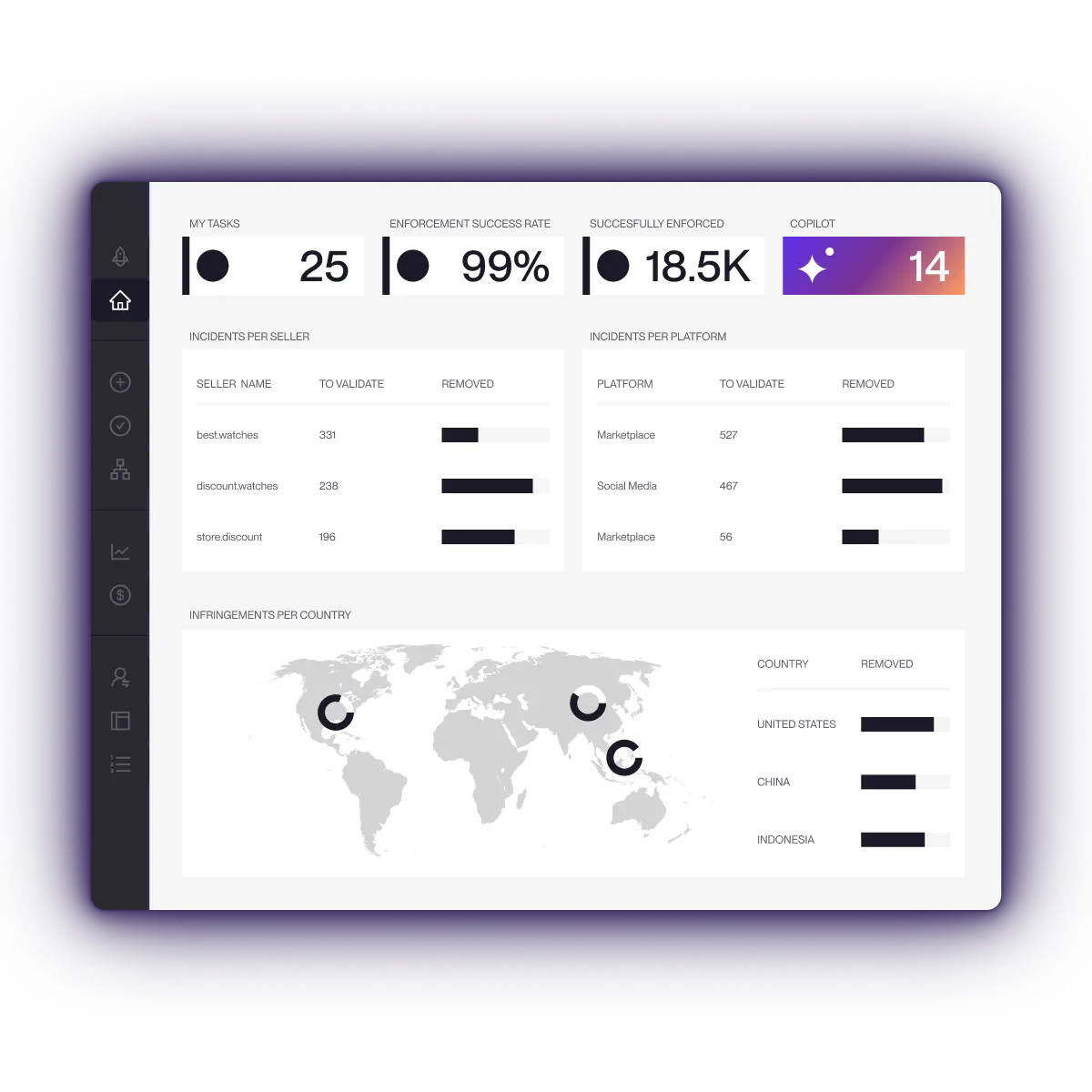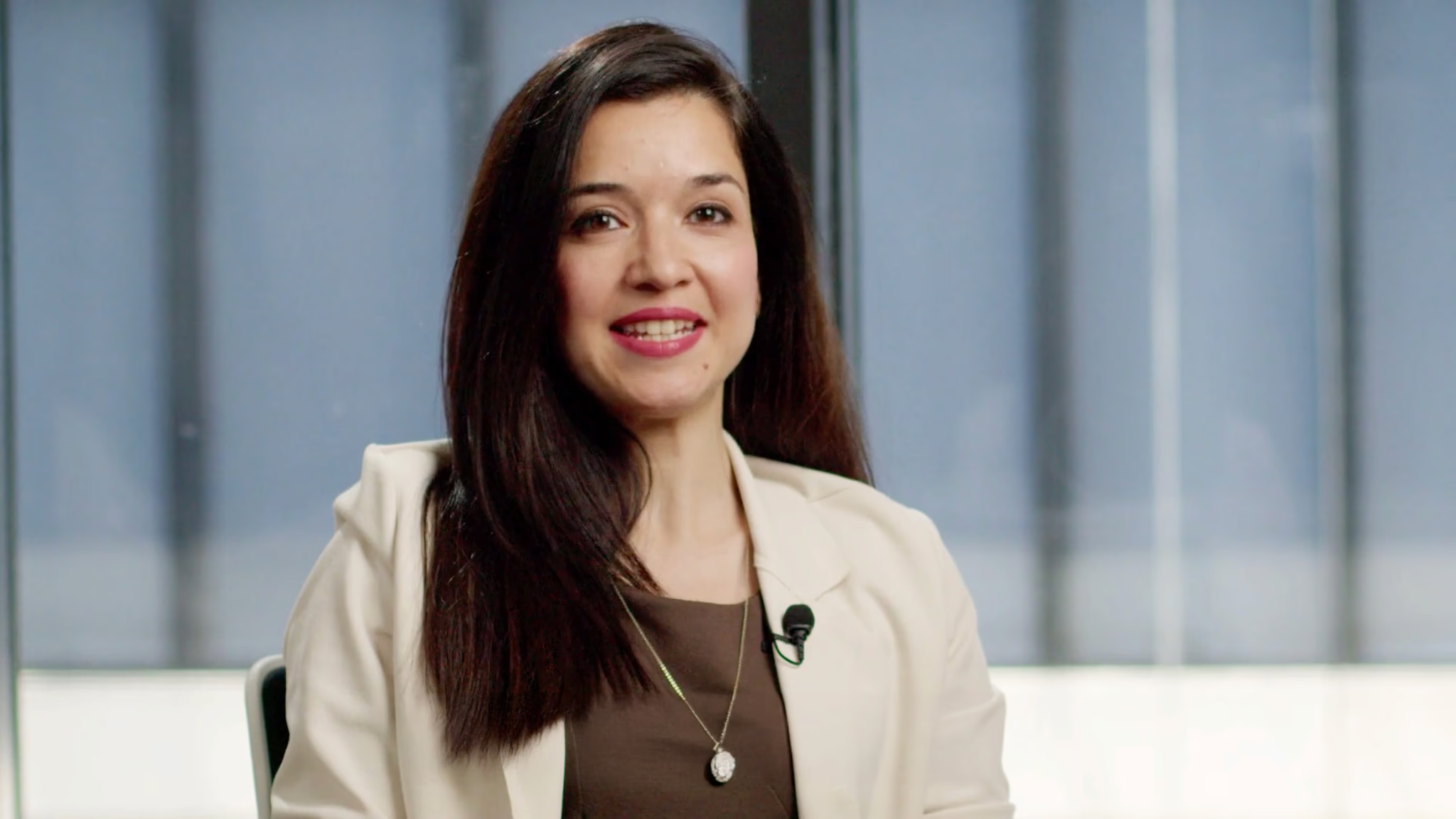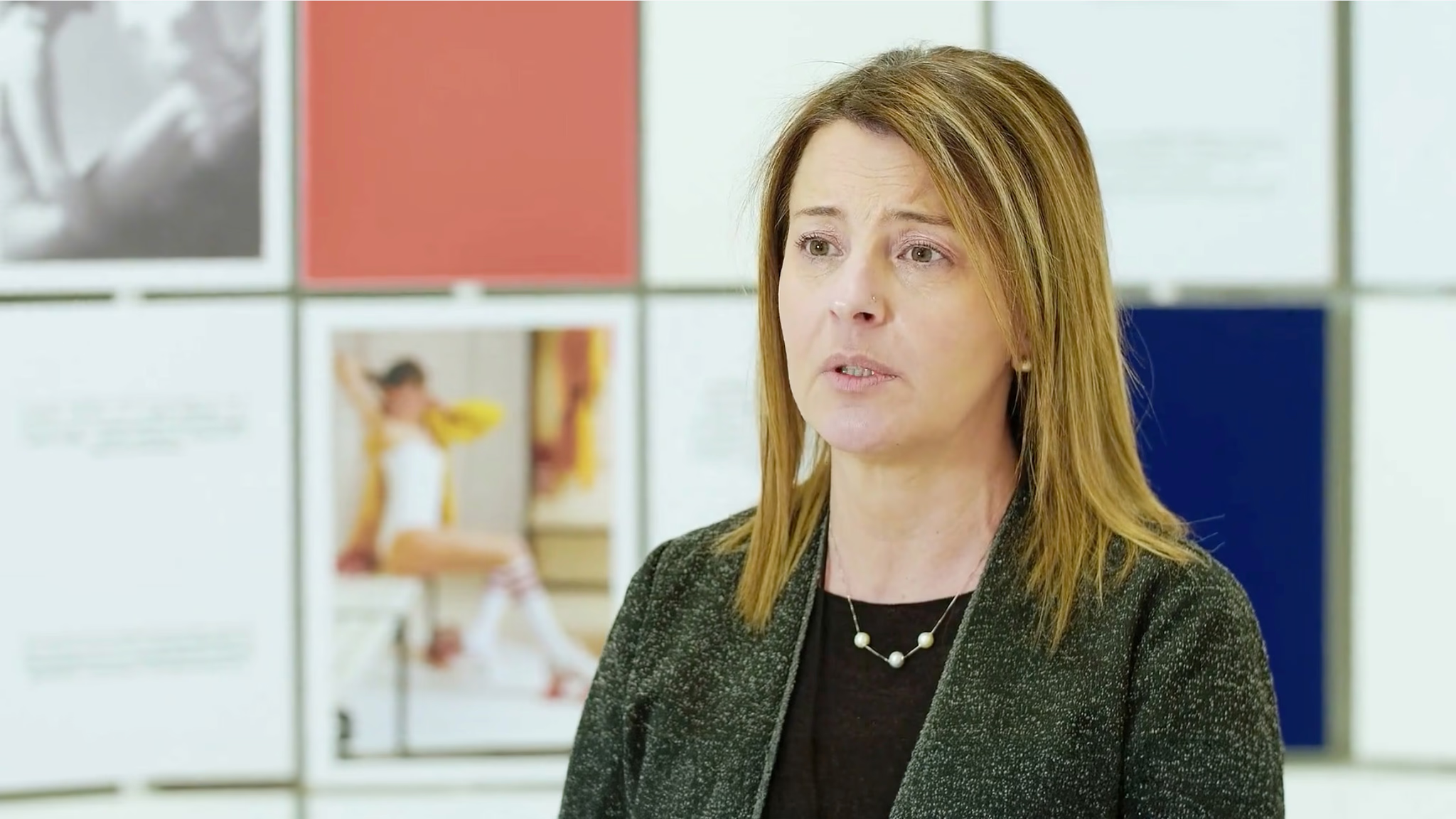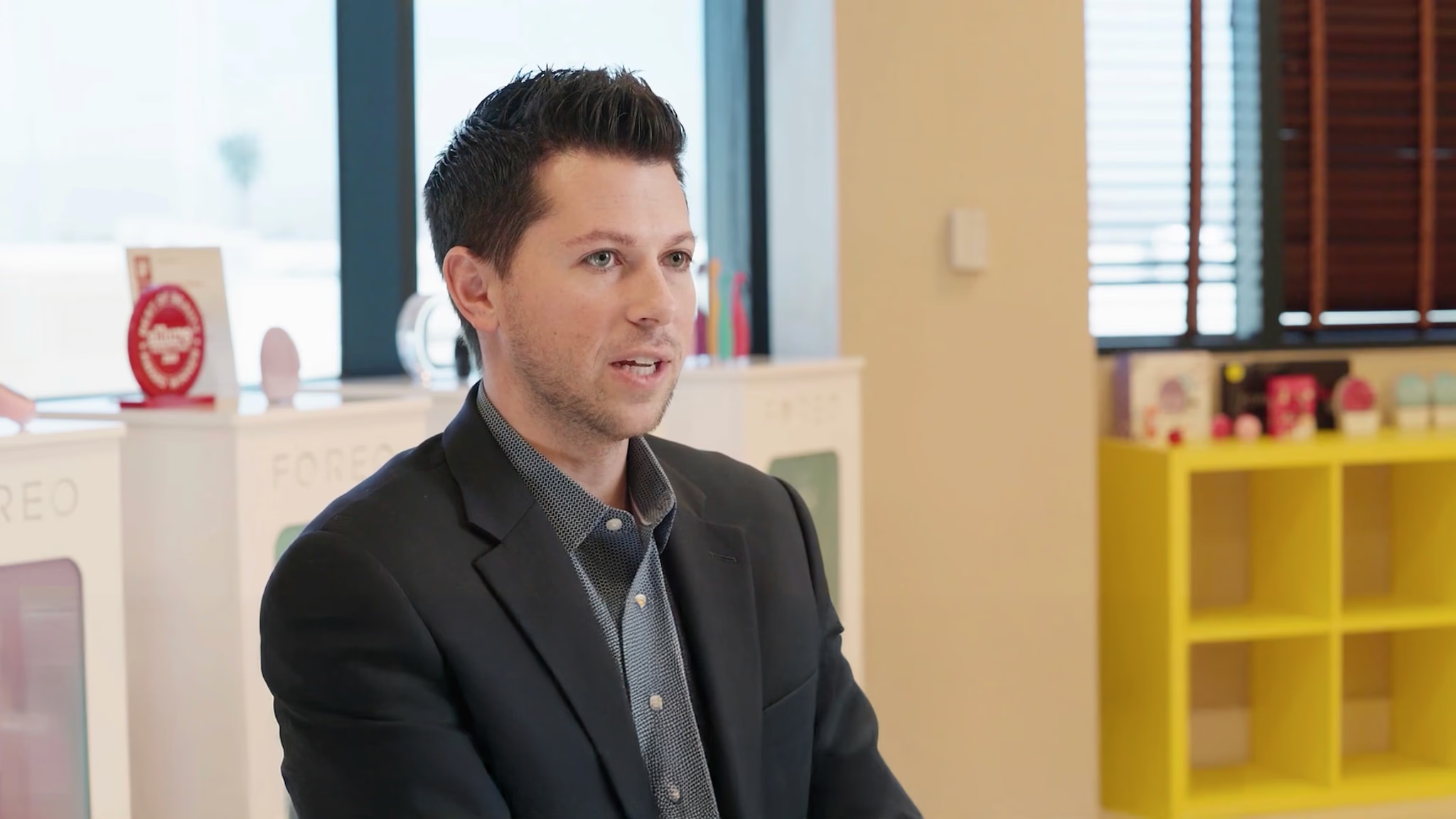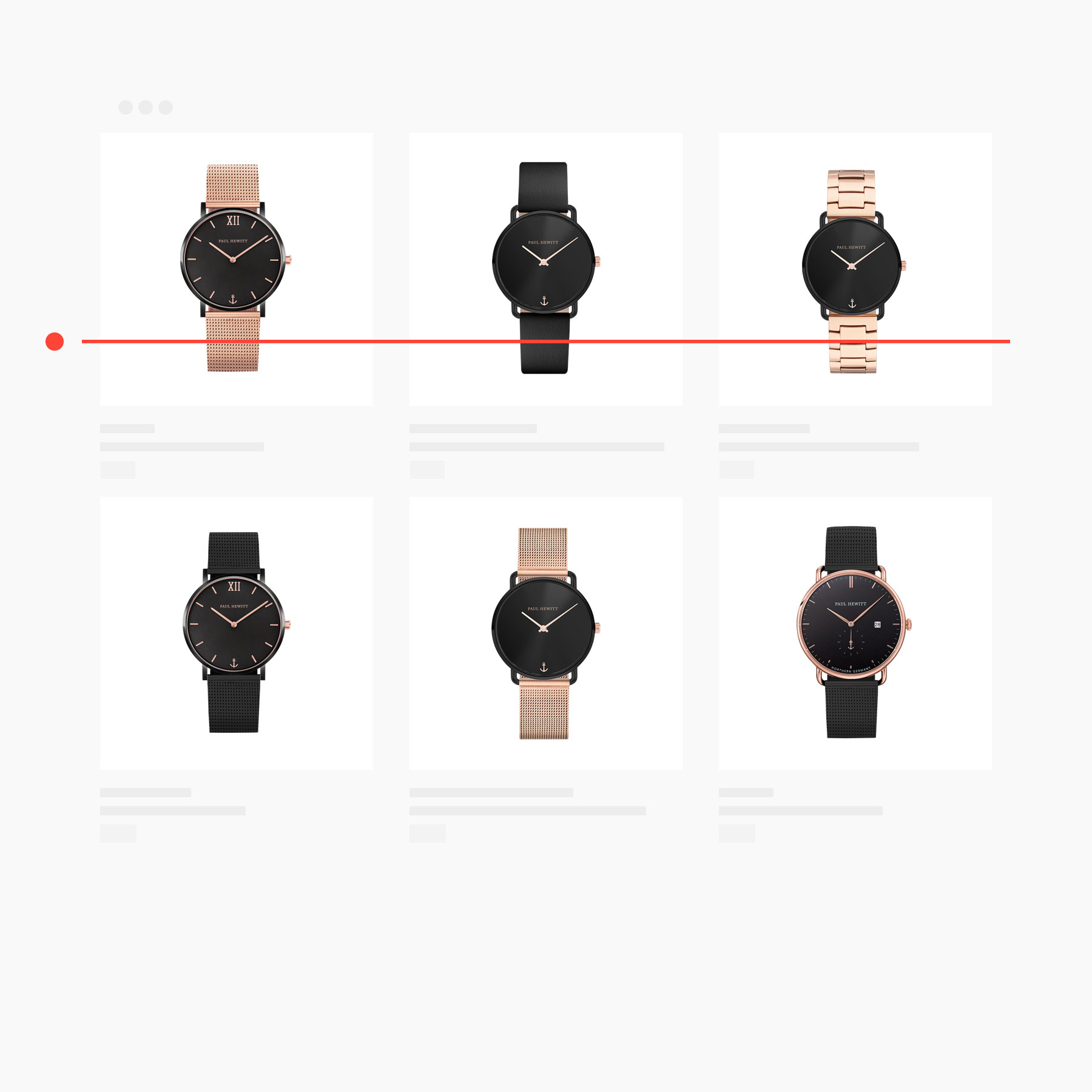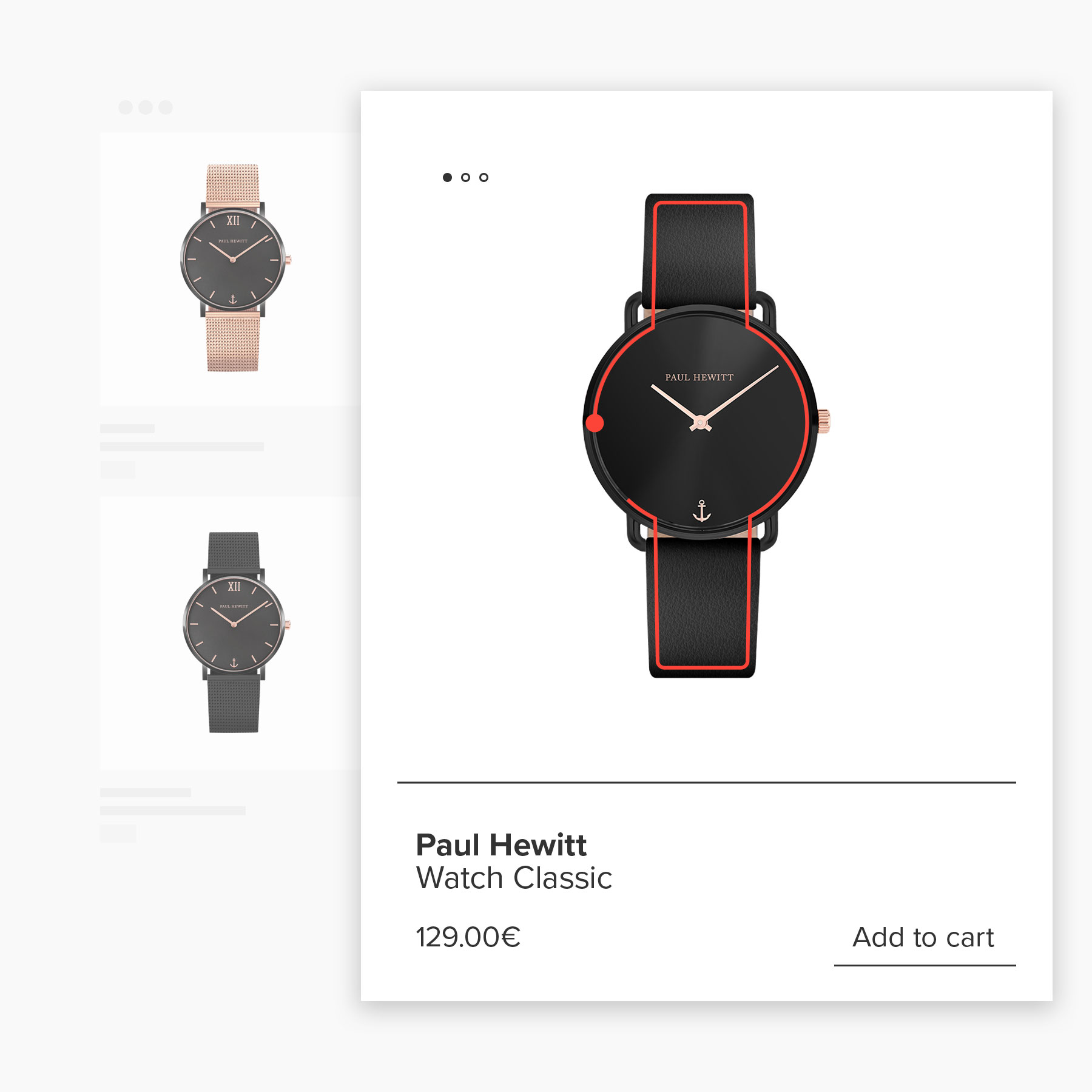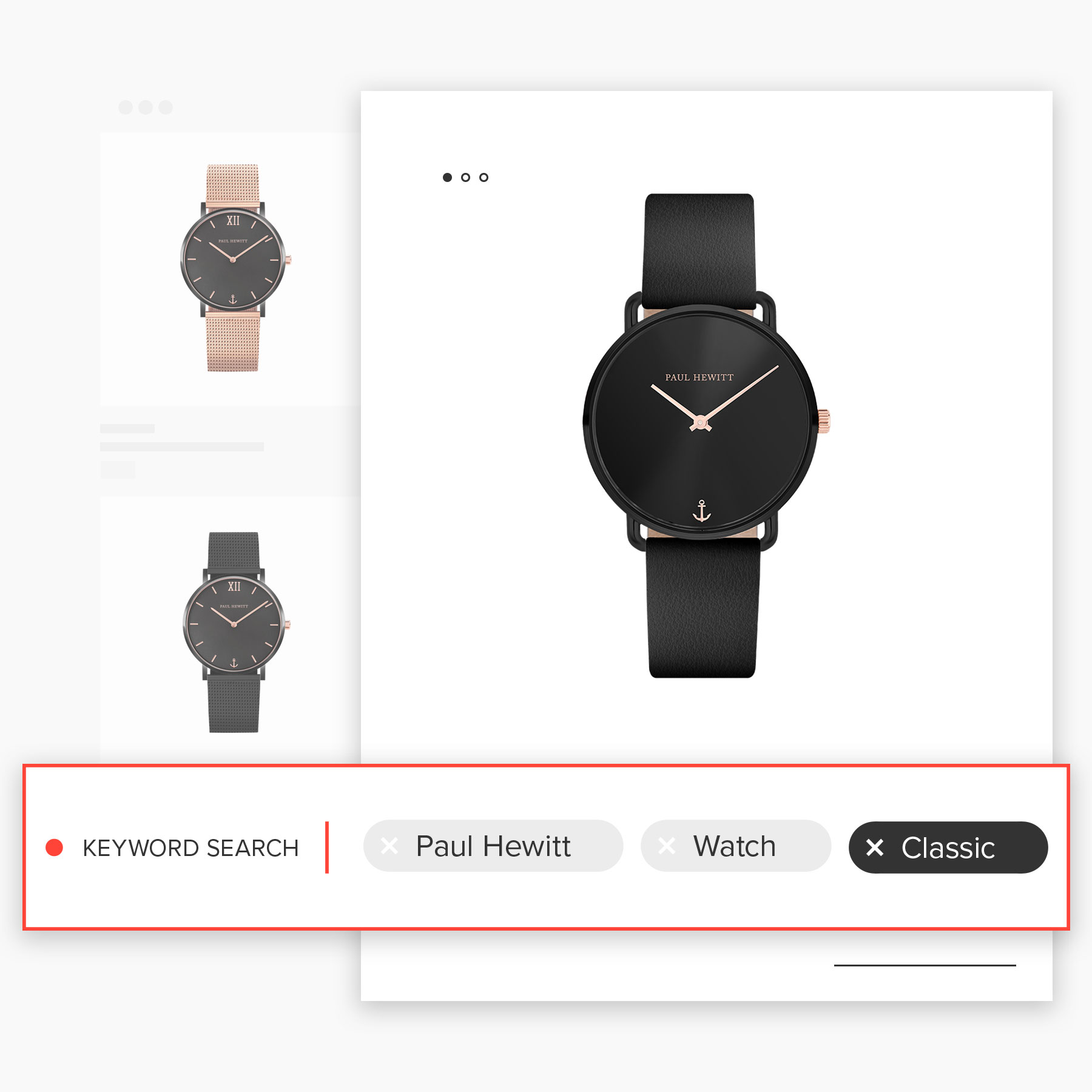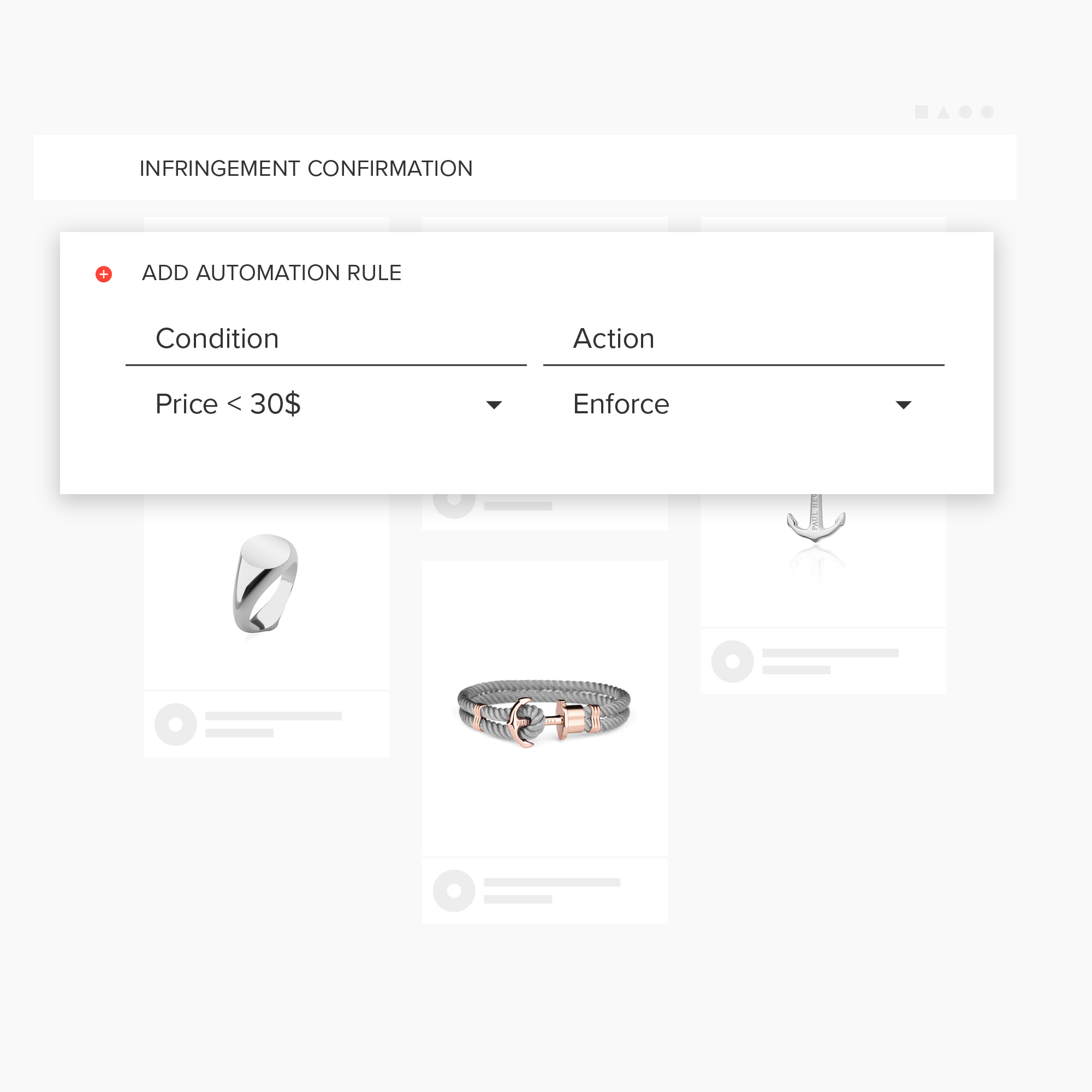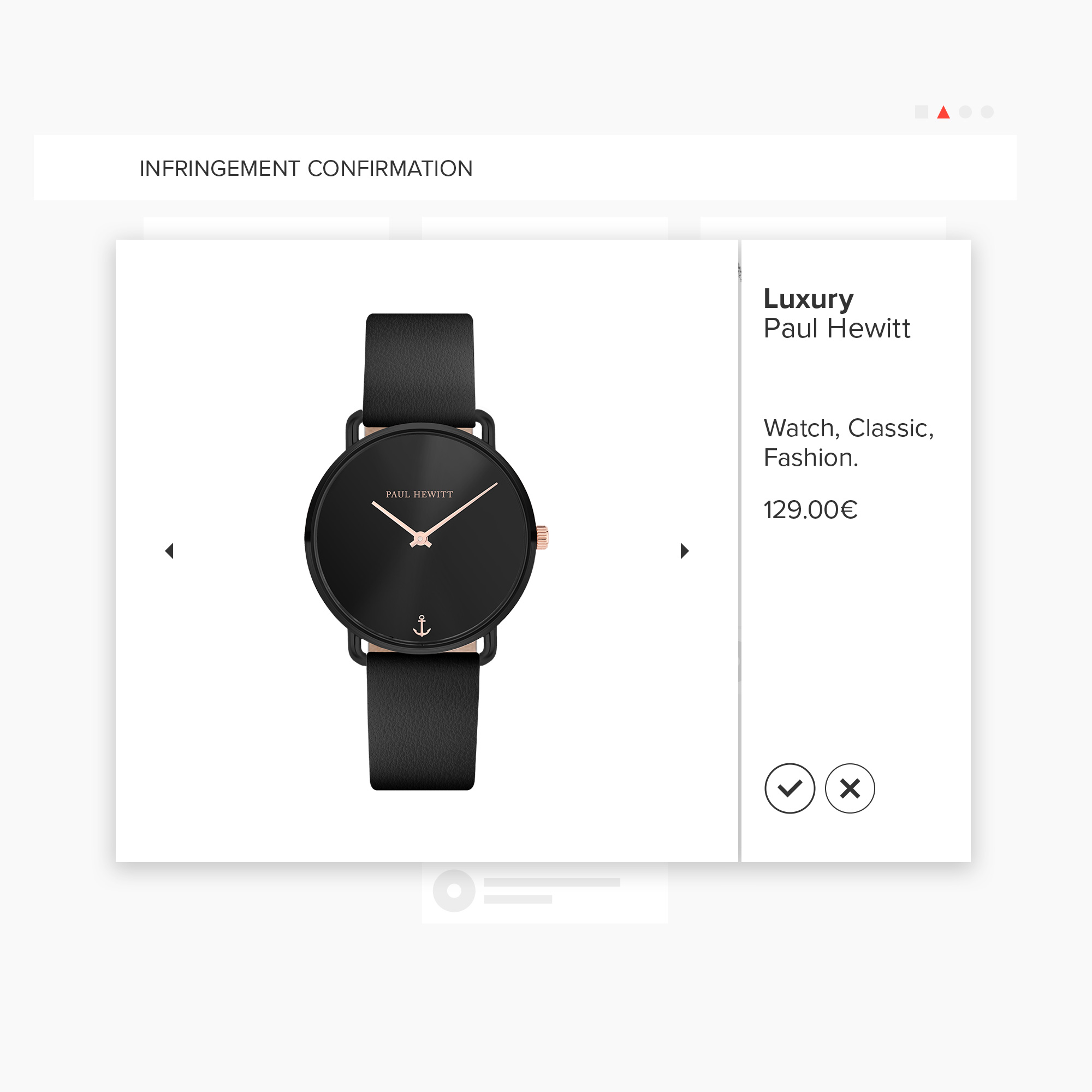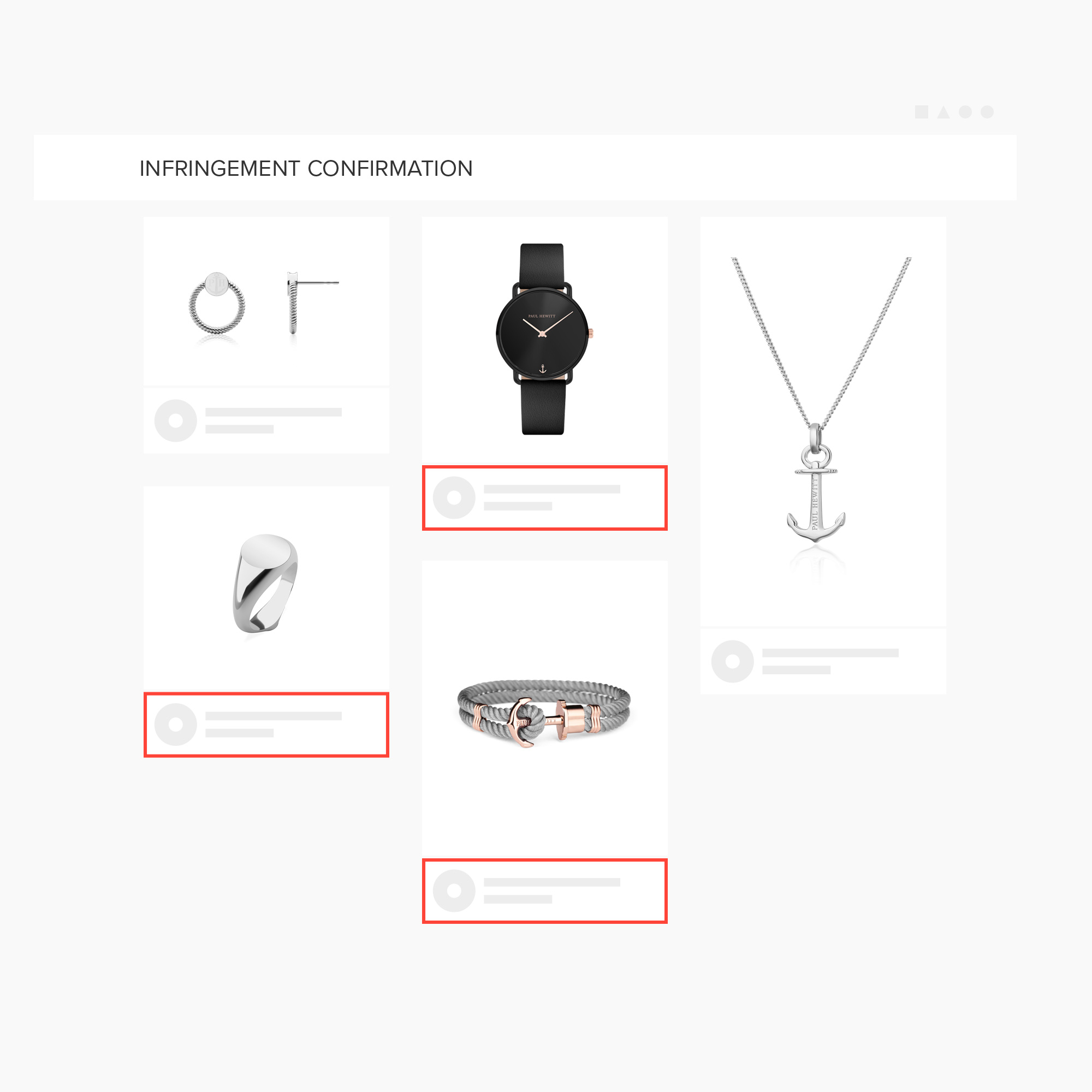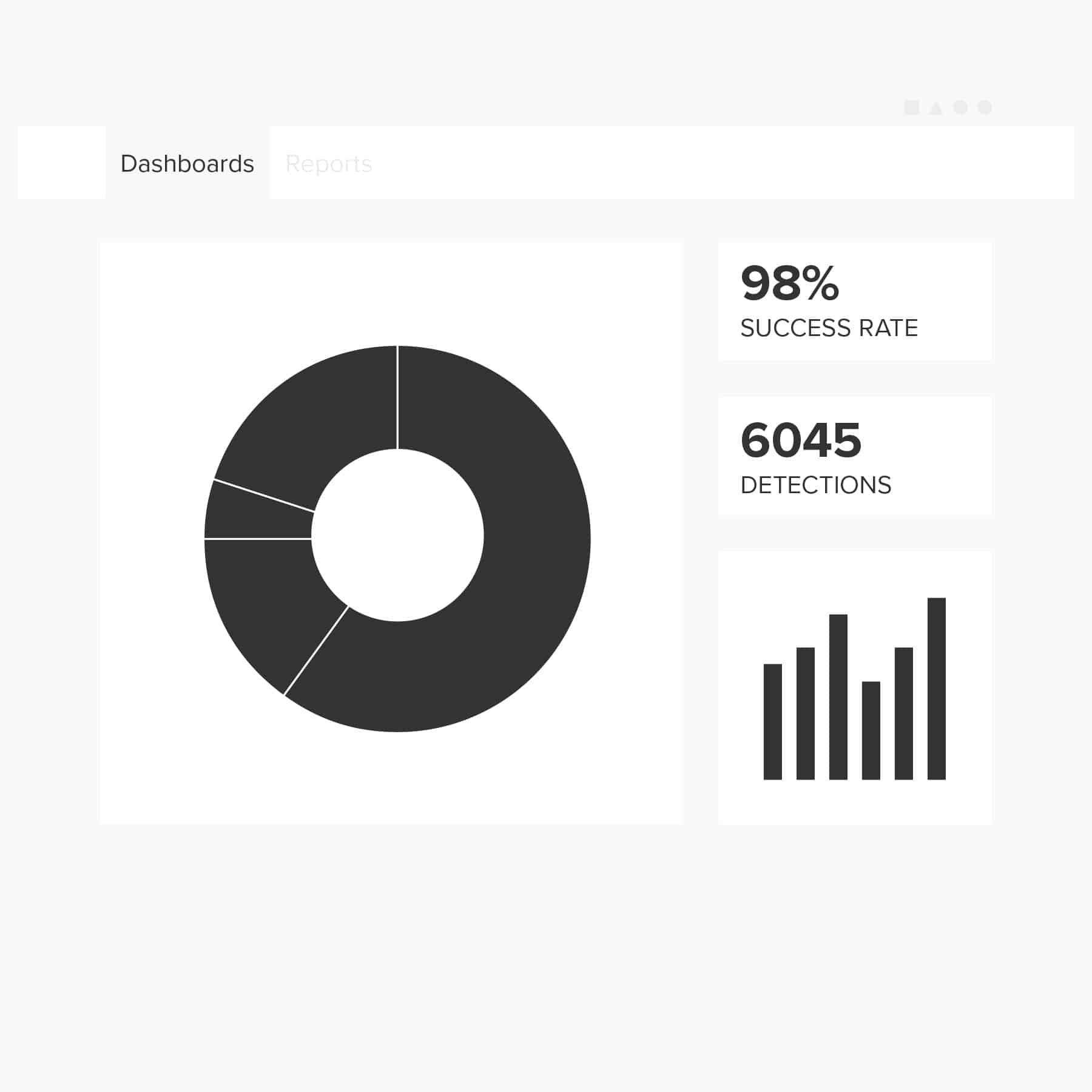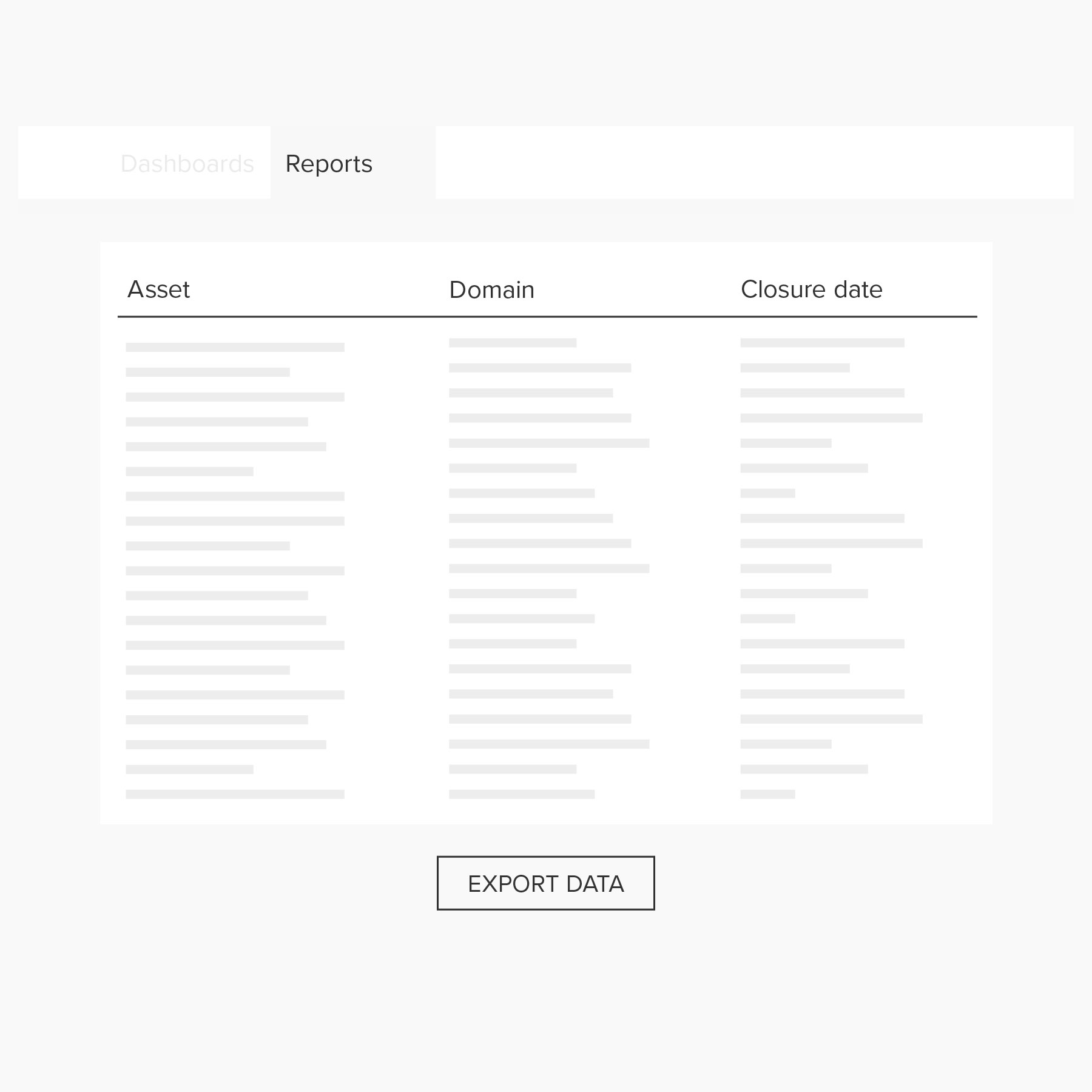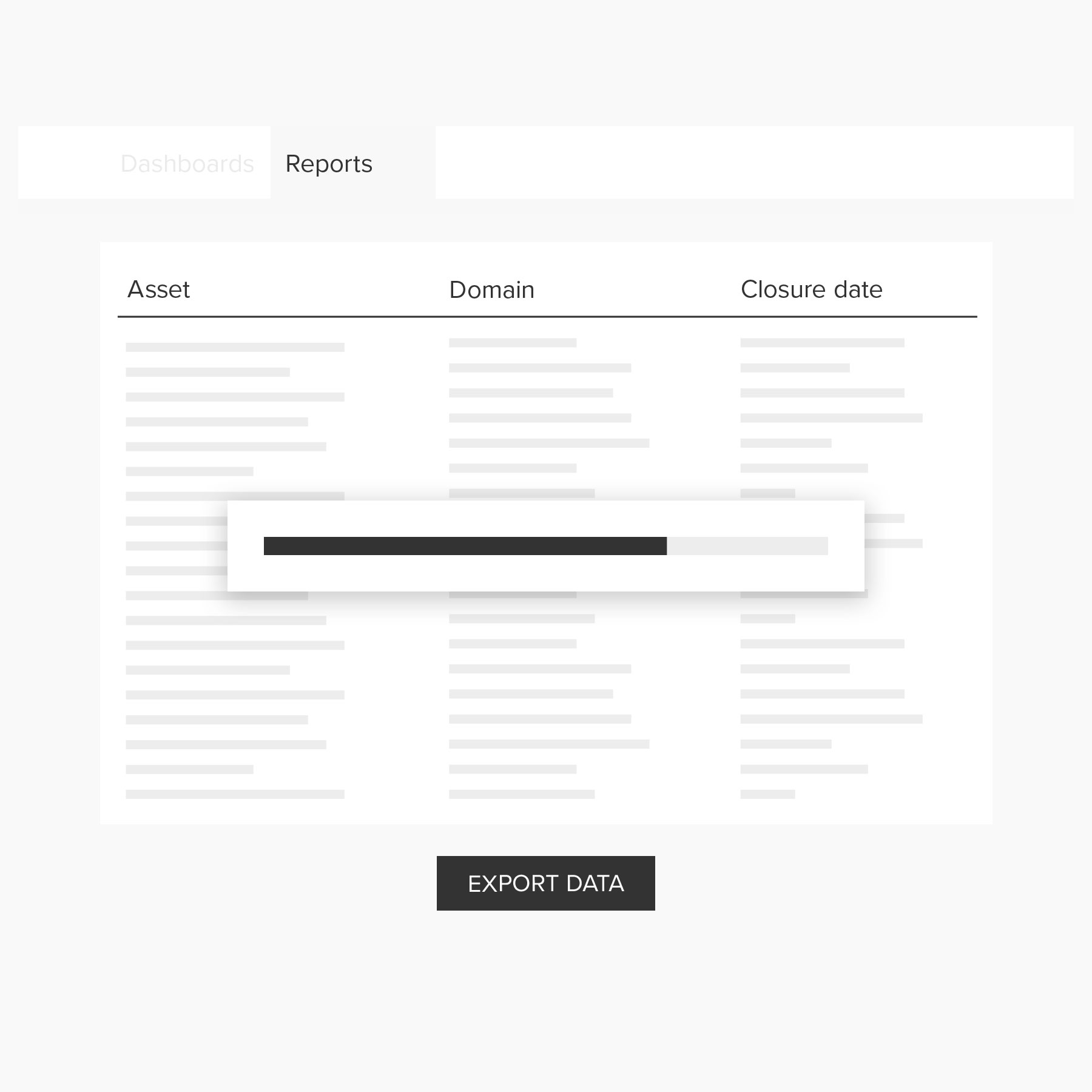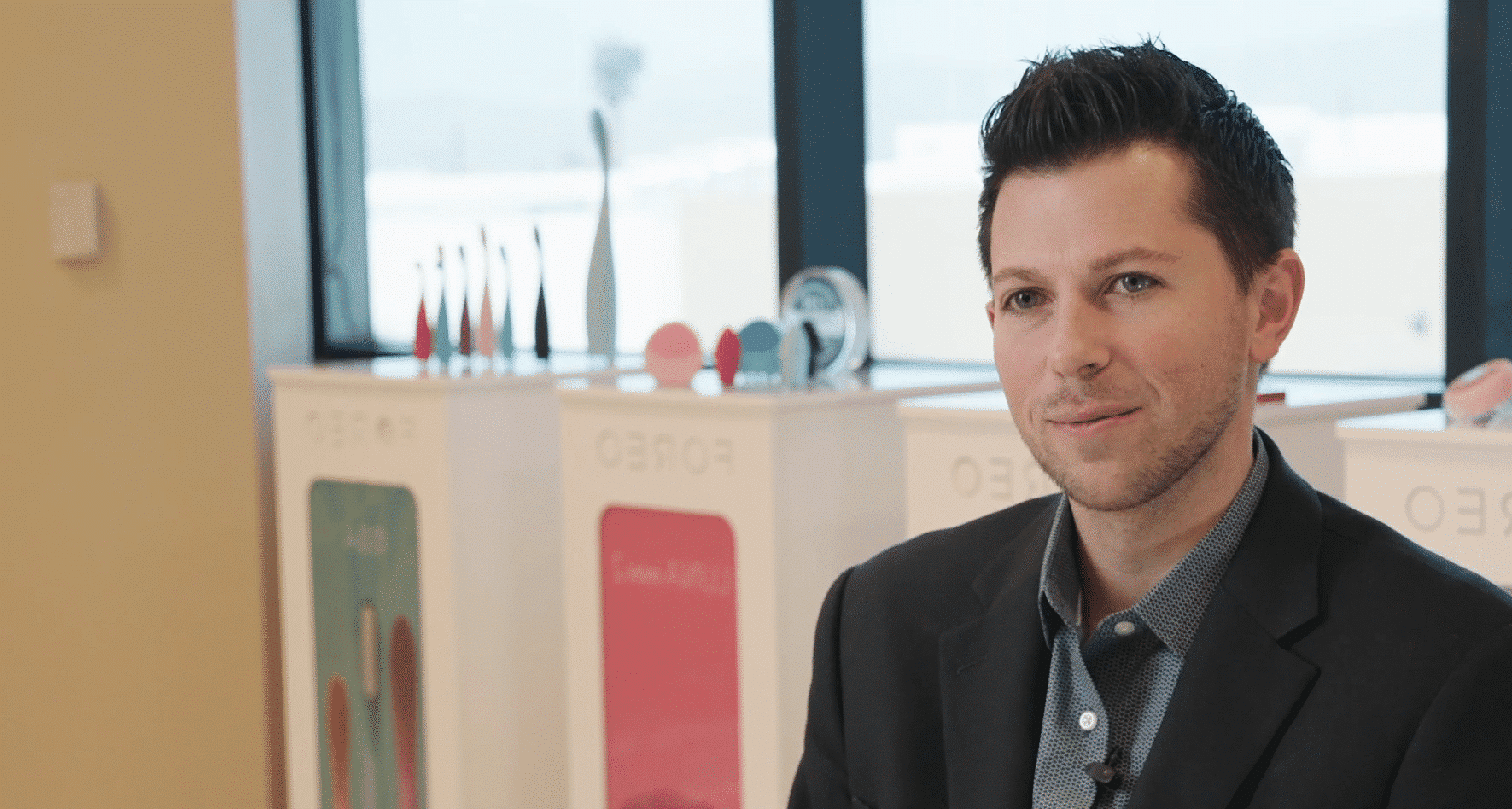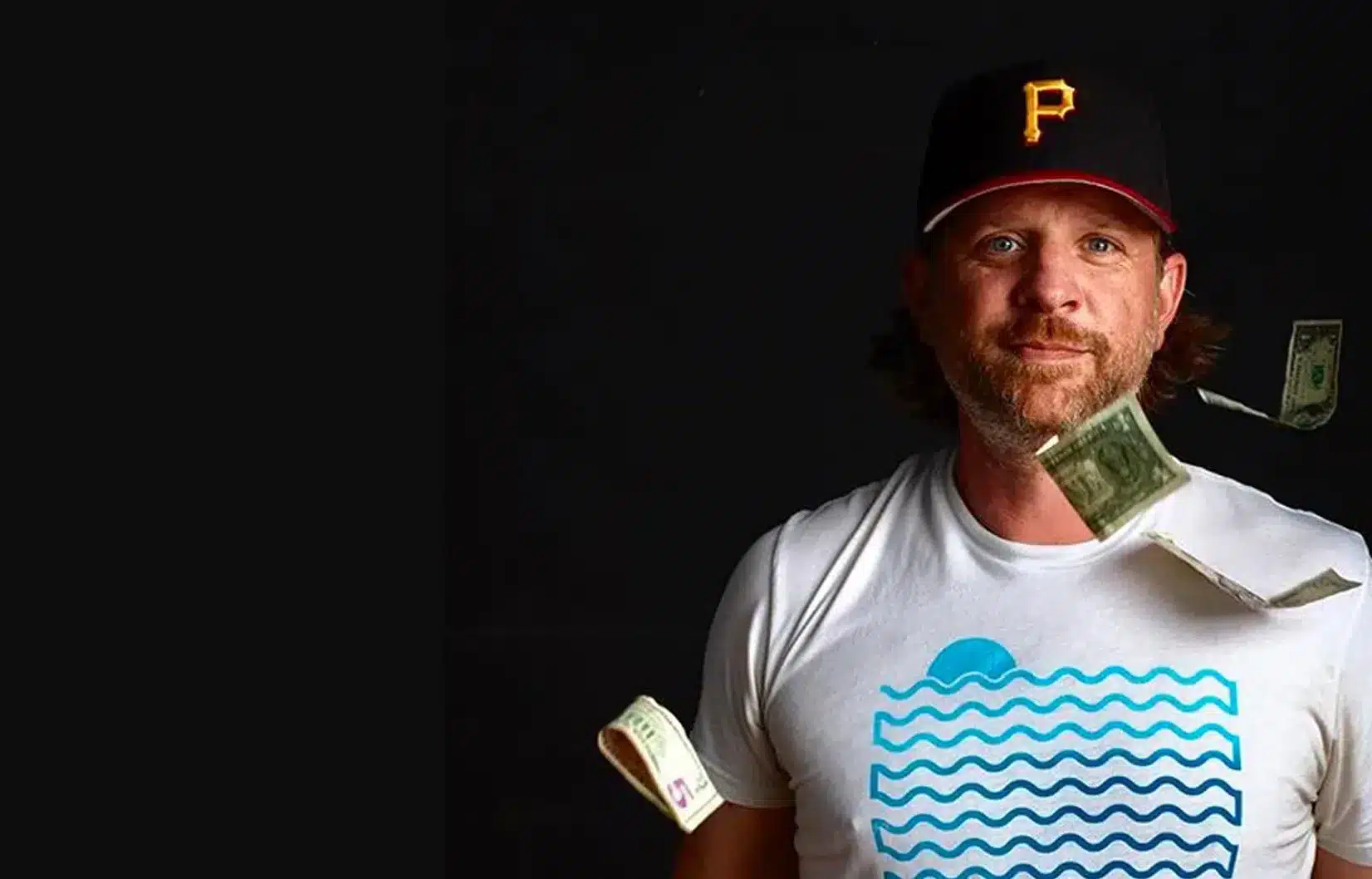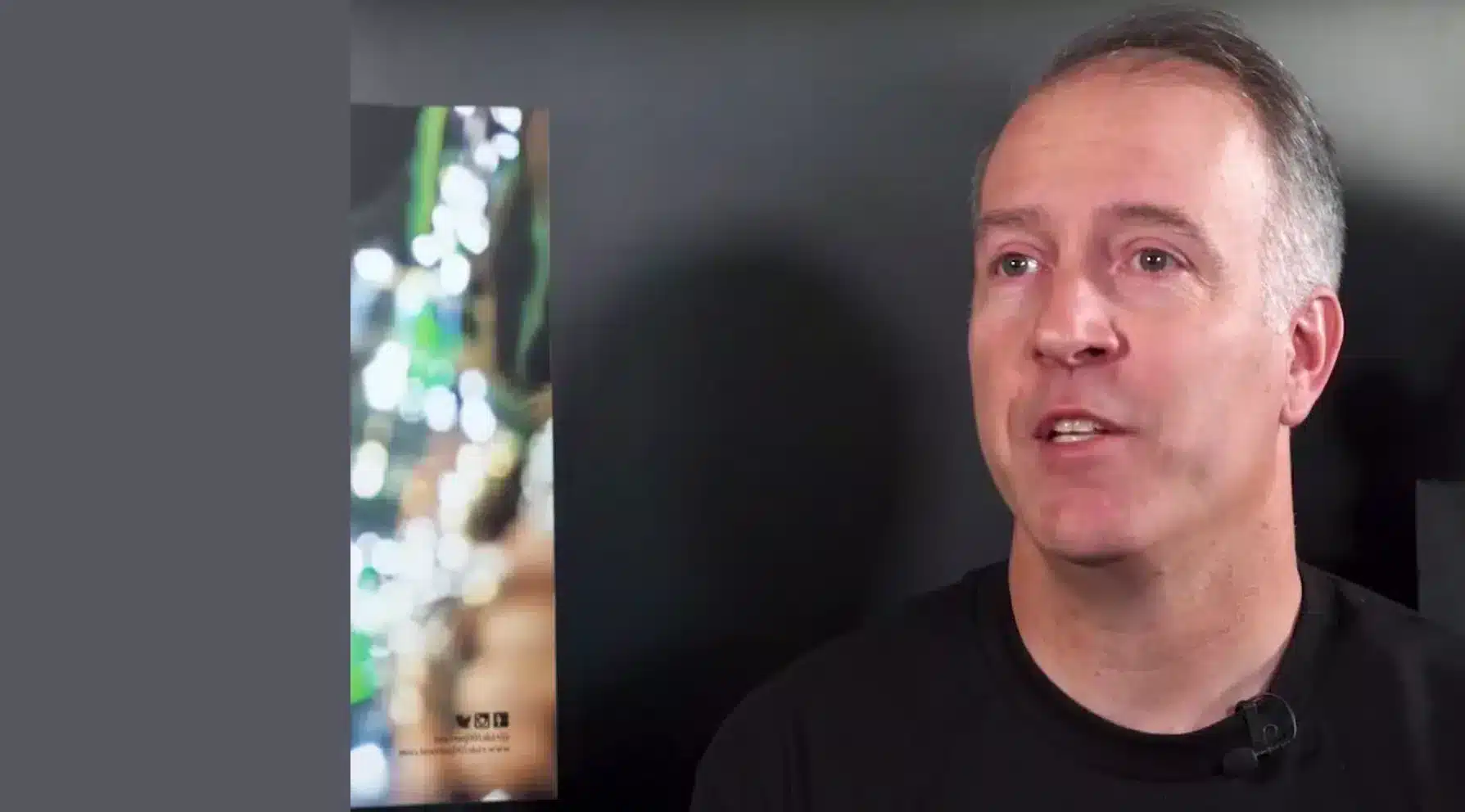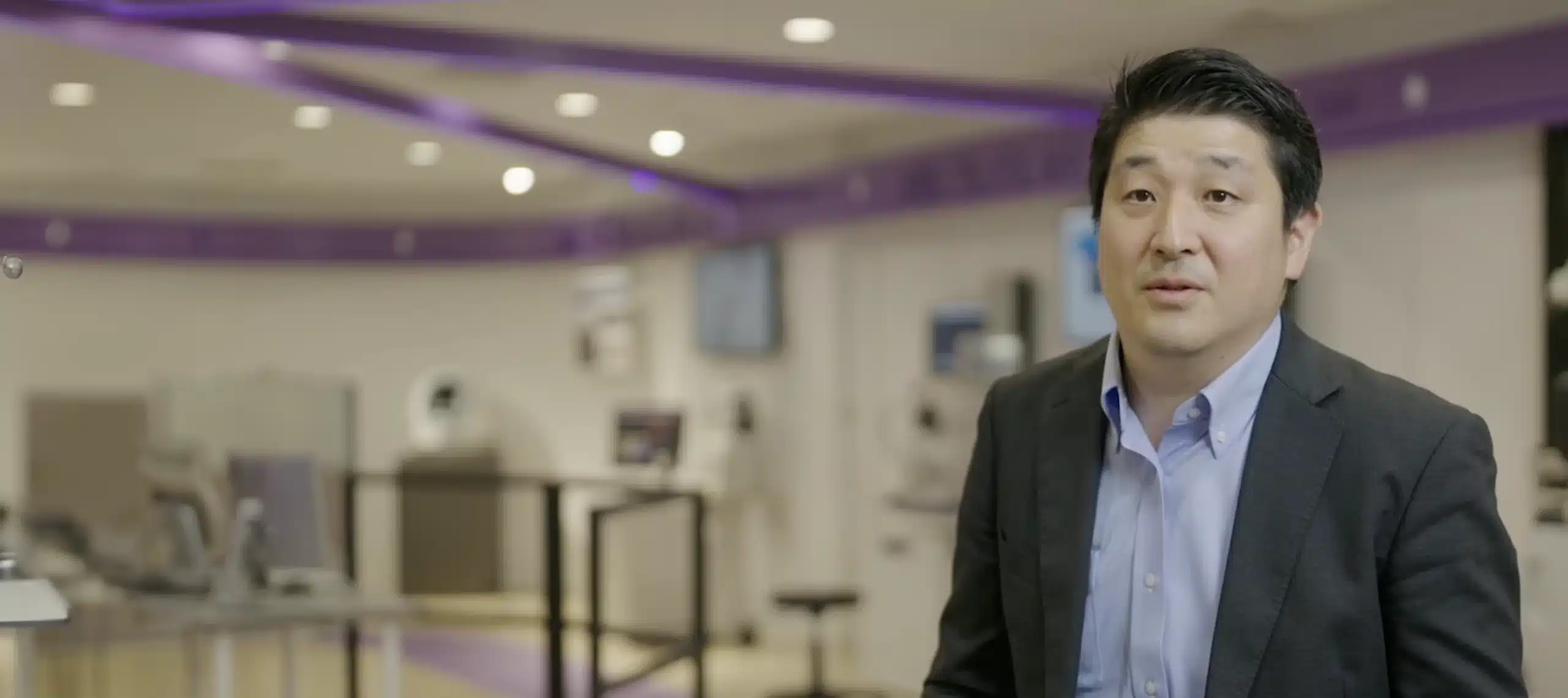The most elementary step to prevent the counterfeiting of your brand is to register your intellectual property (IP). Thereby you can prove and claim that you are the IP owner when detecting fake products. As a brand owner consider registering these intellectual properties:
Copyright
A copyright protects the original works of the creator. This can be literary work, music, art, software codes, architecture, and more. While copyright does not protect ideas, the owner of a copyright has the exclusive right to sell, publish, and/or reproduce the protected work. Copyright protection doesn’t need formal registration as creators are automatically granted protection for their work. However, if you want to sell or start enforcing your copyright, registration is recommended.
Patent
A patent prevents an invention from being created, sold, or used by any third party without permission. The patent owner holds the right to commercialize his patent including selling or giving licenses to the invention to another party formed in a mutual agreement. You can distinguish between design patents that protect the ornamental appearance of an item and utility patents that cover the functional aspects of an item. Patents, as well as copyrights, expire after a certain period. In the EU, patents usually last 20 years.
Trademark
Trademarks are symbols, words, phrases, sounds, smells, or color schemes that allow consumers to identify and distinguish the source of goods and services of one company from another. The Nike symbol and Apple logo are examples of trademarks. While patents protect one single innovation, a trademark can cover a range of products or services.
Registering your intellectual property in your own country allows you to start protecting your brand internationally. IP usually needs to be registered in each country under national law as copyrights, patents, and trademarks are not globally valid. Registration processes and fees can differ from country to country. If you want to learn more about building a robust IP portfolio, this Red Points Academy video gives insight into IP classifications and registration processes on a national and international level.


